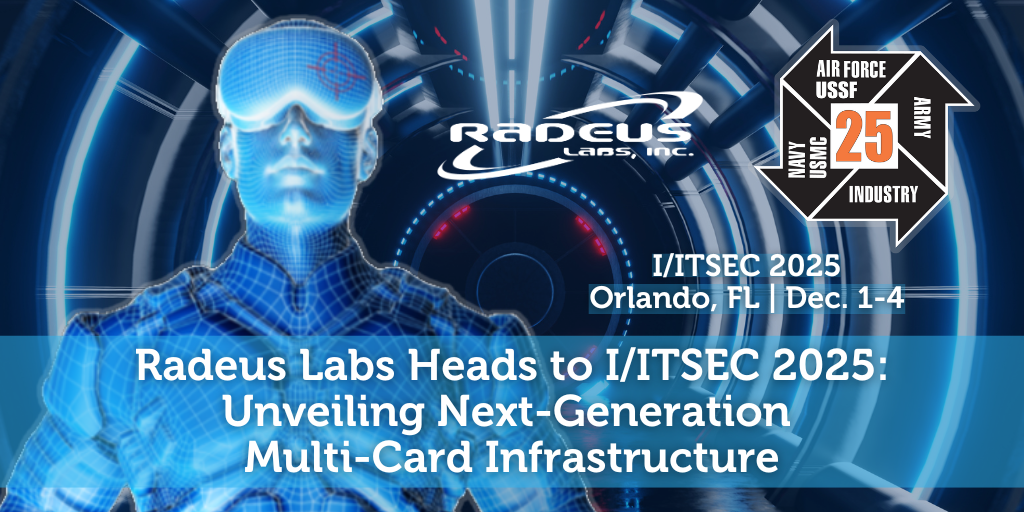In our AI-everything climate, there’s a growing chorus encouraging teams to “just start experimenting.” But if you handle sensitive data, operate under regulatory scrutiny, or simply don’t want your intellectual property floating through someone else’s cloud, then off-the-shelf chatbots and public APIs aren’t an option.
 Recent analysis shows that 83.8% of enterprise data now flows through unsecured platforms—an alarming trend for any organization dealing with confidential or proprietary information (Cyberhaven). That’s not just a security gap—it’s a liability.
Recent analysis shows that 83.8% of enterprise data now flows through unsecured platforms—an alarming trend for any organization dealing with confidential or proprietary information (Cyberhaven). That’s not just a security gap—it’s a liability.
That’s why security-first organizations—from defense contractors to advanced manufacturers—are shifting their attention to running large language models (LLMs) on-premise. The question isn’t why anymore. It’s how.
And while it may sound intimidating at first, setting up your own local LLM environment is more practical than you think—especially if you learn from the playbook of organizations like the U.S. Department of Defense.
Follow the Lead: How the DoD Does On-Prem AI
Let’s look at what’s happening at the federal level. In 2024, the Pentagon stood up its AI Rapid Capabilities Cell (AIRCC) with $100M to scale generative AI across defense agencies. But they didn’t turn to public tools like ChatGPT or Gemini. They deployed platforms like Ask Sage and NIPRGPT—AI systems that run entirely within closed, secure environments like NIPRNet and internal Army cloud infrastructure.
Their approach highlights a few crucial points:
- Keep AI models isolated from the internet to prevent prompt leakage or external training exposure.
- Use Retrieval-Augmented Generation (RAG) to pull from vetted, internal documentation—not the messy, unpredictable web.
- Run multiple models in parallel (Ask Sage uses 150+!) to cross-check outputs and reduce hallucinations.
So, what does it take to start building this kind of control into your own environment?
The Core Components of an On-Prem AI Stack
Whether you’re answering support tickets or synthesizing quality control reports, an on-prem AI deployment generally includes these components:
1. A Local LLM (or Several)
You can’t start without a model. Fortunately, open-source LLMs like LLaMA, Mistral, or MPT now offer powerful alternatives to closed, cloud-based models. These can be downloaded, fine-tuned on your own data, and hosted entirely inside your firewall.
For many use cases—like summarization, internal chatbots, or document classification—you don’t need to train from scratch. Pre-trained models plus fine-tuning get you 80% of the way there.
2. Vector Database (for RAG)
To enable your AI to answer domain-specific questions with accuracy, you’ll need a vector store. This allows your system to convert internal documents (PDFs, SOPs, manuals, HR policies) into searchable embeddings that the LLM can reference in real time.
A standout choice here is PostgreSQL with the pgvector extension, which supports vector data and offers indexing methods like HNSW for fast similarity searches. You can run familiar SQL queries using distance metrics like cosine or L2 to find the most relevant matches.
Frameworks like LlamaIndex, LangChain, and Supabase offer user-friendly APIs that make connecting to pgvector and executing vector searches straightforward—even for non-experts. As adoption grows, PostgreSQL is becoming the go-to for integrated vector search (even Amazon Redshift now supports it).
Other popular vector store options include:
- FAISS
- Chroma
- Weaviate
- Pinecone (can be deployed locally)
Pair your vector store with RAG, and your AI won’t guess—it will retrieve and cite the right source material like a trained analyst.
3. Hardware That Can Keep Up
Here’s the part most teams underestimate. Training or even fine-tuning a large model takes serious compute power—especially if you want quick iteration cycles.
At minimum, we recommend:
- 1–4 GPUs (NVIDIA A100s or L40s are popular choices)
- 128–256GB of system RAM
- High-speed SSDs for your vector store
- A server chassis with proper thermal management
Our own early experiments showed just how big of a difference hardware makes. Going from a basic GPU to a server-grade AI box cut model iteration time from three days to one hour—saving engineers from endless delays.
Start with what fits your current use case—but choose hardware that can scale as your AI maturity grows.
4. Security and Compliance Hooks
The benefit of on-prem is that you can tightly align AI with your existing security protocols. That means:
- Role-based access via LDAP or Active Directory
- On-device encryption of all prompt logs and response data
- Audit logging for every prompt, model call, and system touchpoint
- Air-gapped setups if you need full isolation
This isn’t just for show. It’s how you pass audits, avoid contract breaches, and keep customers’ (and regulators’) trust.
Getting Started Doesn’t Mean Going Big
One of the most common misconceptions is that on-prem AI requires a massive investment or a team of data scientists. It doesn’t. Most successful deployments start small:
- An internal chatbot for IT questions
- A summarization tool for weekly reports
- A ticket classifier for support operations
You don’t need perfection—you need a secure place to experiment and learn without exposing your data or your budget to external risk.
Ready to Plan Your Stack?
Whether you're looking to eliminate cloud AI costs or build a truly secure generative AI pipeline, we’ve compiled the critical lessons and setup considerations into a single resource:
👉 Download our guide: AI Security and Compliance—Why Cloud Isn’t Always Safe Enough
Inside, you'll find practical advice for:
- Choosing hardware that won’t bottleneck you
- Avoiding common pitfalls in local deployments
- Meeting compliance requirements from day one
The future of AI doesn’t belong to whoever moves fastest—it belongs to those who build it on their own terms.





